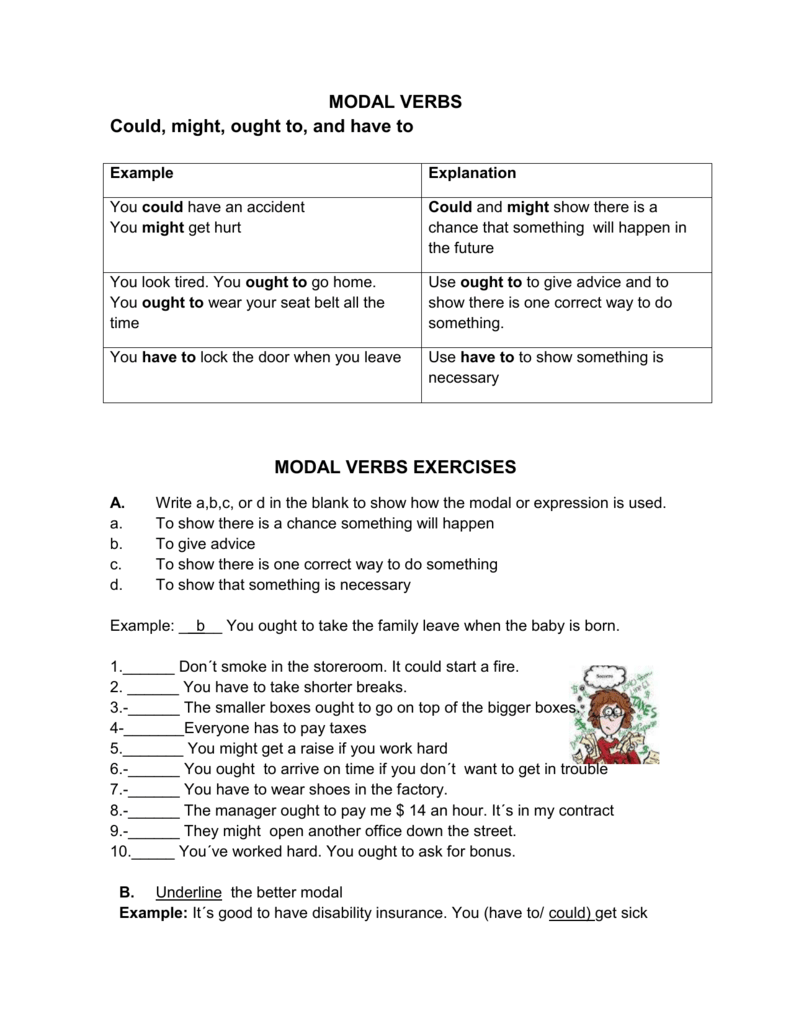

These lesson plans are designed for understanding various modal verbs in English. Common modal verbs include can, could and should but there are many more of them that you’ll go over with your students. Modal verbs are different from other verbs because they come before the infinitive of another verb (without the word to). What are modal verbs?Ī modal verb is a type of verb that indicates likelihood, ability, requests, suggestions, or any other modality. Continue reading to learn more about the lesson plans and how to use them in your ESL classroom. This post is a goldmine for ESL teachers because it includes seven communicative lesson plans that are sure to please both you and your students. You'll also get my ultimate ice breaking lesson plan, and group management resources when you sign up – all COMPLETELY FREE.In this post, I will discuss several different modal verbs and ways to practice them with your ESL students. Interested in more FREEBIES? I have two free ice breaking printable activities available on my website. I know you are busy teachers, but please consider leaving a review to let other teachers know your thoughts. Was this resource helpful to you? Did it save you time? Did your students find it useful? Was it fun? If you like this resource and might be interested in similar resources, why not FOLLOW ME? ***You may also be interested in the following activities:įind Someone Who Has To / Have to- Modals of Obligation - Communicative ActivityĬlassmate BINGO! - Using 'Can' to talk about abilities - Communicative activity

Print Size: US Letter and A4 sizes included. Suggested level: Elementary - Pre-Intermediate (CEFR A1-A2) Students ask other students for advice, and they must reply using ‘should’ or other suitable modal verb. This activity can be done in pairs, groups or as a class mingle activity.

Suitable for adult or teen ESL (EFL) learners. ‘What Should I Do?’ is a communicative activity for practicing using modal verbs for giving advice.


 0 kommentar(er)
0 kommentar(er)
